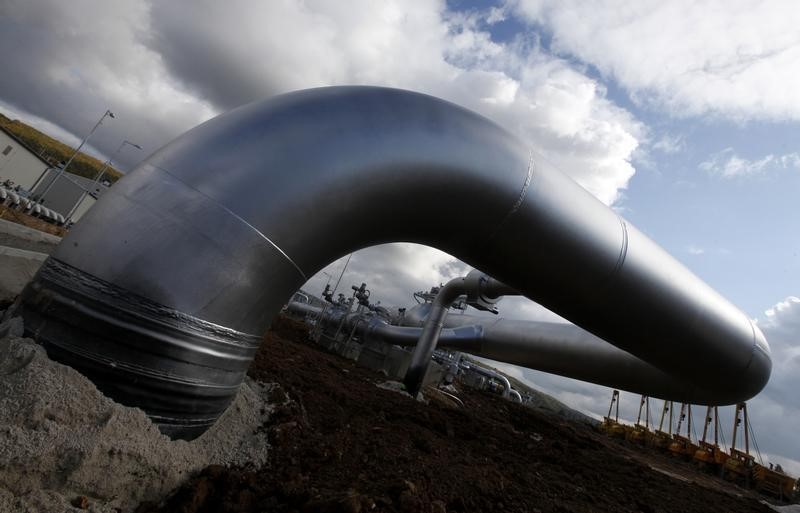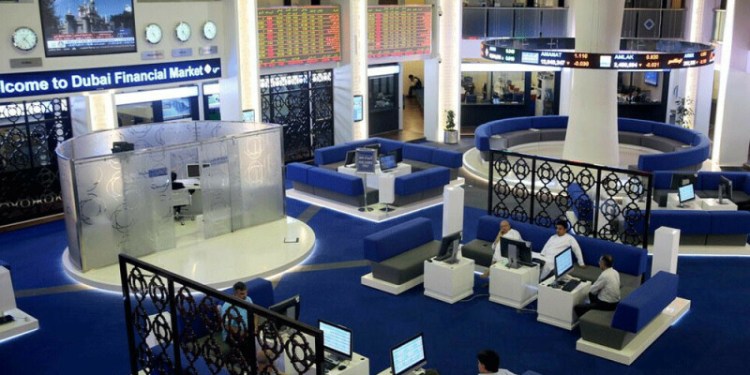
© Reuters.
TFAc1
+1.31%
Add to/Remove from Watchlist
Add to Watchlist
Add Position
Position added successfully to:
Please name your holdings portfolio
Type:
BUY
SELL
Date:
Amount:
Price
Point Value:
Leverage:
1:1
1:10
1:25
1:50
1:100
1:200
1:400
1:500
1:1000
Commission:
Create New Watchlist
Create
Create a new holdings portfolio
Add
Create
+ Add another position
Close
NG
-5.84%
Add to/Remove from Watchlist
Add to Watchlist
Add Position
Position added successfully to:
Please name your holdings portfolio
Type:
BUY
SELL
Date:
Amount:
Price
Point Value:
Leverage:
1:1
1:10
1:25
1:50
1:100
1:200
1:400
1:500
1:1000
Commission:
Create New Watchlist
Create
Create a new holdings portfolio
Add
Create
+ Add another position
Close
Investing.com – European gas prices, subdued in recent weeks, are expected to remain lower amid all-time highs in shipments of liquefied natural gas to the bloc by U.S. exporters who have not found Asian buyers for new cargoes, RBC Capital Markets said in a note.
While the phenomenon means that gas supply in the European Union is safe for the summer, it was still too early to say if the EU will be able to avert price shocks during the winter from current storage levels, which are just about a quarter above the 2021-22 winter demand, the note said.
“The U.S. continues to export record amounts of LNG, allowing Europe to quickly fill up storage amid curtailed consumption by taking LNG market share given the lack of any real green shoots as yet from the Asian buyers club,” RBC said in its Global Gas & LNG Strategy. “All said, we expect near-term pressure on spot gas, but expect time spreads to widen as winter pricing remains relatively firm.”
With current gas storage sitting at around 65% full and market dynamics remaining in favor of European buyers, RBC said it sees the EU achieving 90% target sufficiency well ahead of the bloc’s November 1 target.
“Our updated scenario analysis puts storage at 90% full in late July-early August. We think summer pricing will likely weaken further as we approach full storage, as sustained inflows (record US LNG + steady domestic volumes + Russian remnants) exceed still constrained demand and limited storage capacity,” RBC said.
Conversely, structural winter pricing, in anticipation of weather impacts, has and should hold up better, though there was no guarantee as yet that there wouldn’t be a supply deficit later or price spike, it said.
“We think the spread between summer and winter contracts will continue to widen from the divergence we have seen appear in recent weeks,” RBC said.
“Full storage might not necessarily mean crisis averted. Since the start of the Russia-Ukraine conflict, a key focus of European policymakers has been ensuring full storage ahead of winter. However, on an EU level, we see max storage capacity at ~25% of 2022 consumption, with wide variance across the bloc, while withdrawal rates also decline as storage levels deplete. While EU initiatives might equalize exposures between countries, the cumulative size of the exposure means entering winter with even 100% full storage might not guarantee sufficient protection against price shocks this winter.”
It also said that while U.S. LNG exports reached a record 8.1 million tonnes in April, surpassing the previous record set in March, with no new project start-ups until mid next year, there might be limited room for further material growth.
“What this means for the macro is that should the need arise later this year, the U.S. is unlikely to supply the market with incremental LNG as it did to some extent last year, which could result in another zero-sum game and possible pricing implications across Europe and Asia.”
Source: Investing.com
























